The framed front page of a leading daily from the day India got independence, a grandmother’s old wooden comb, centuries-old sword — for a minute, I mistake it for someone’s home. But this is Ikk Punjab, a fine dining restaurant by Rajan and Deepika Sethi of Bright Hospitality in Connaught Place, the heart of New Delhi.
As I walk around, Rajan explains that this restaurant is a tribute to his forefathers who were born in pre-Partition Punjab. “My parents and grandparents grew up on the other side of Punjab — Rawalpindi and Chakwal. So, I thought let’s open a place that serves the food of undivided Punjab that many have forgotten,” he says.
The space
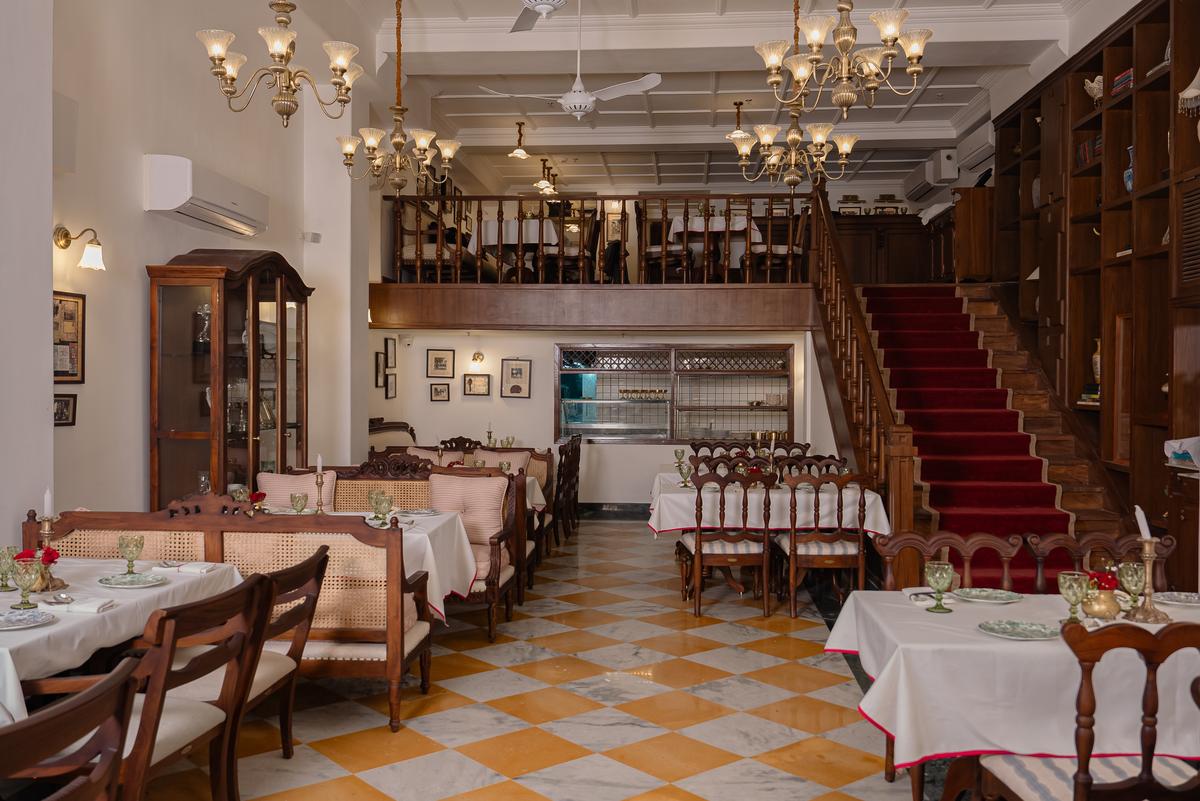
Interiors of Ikk Punjab
| Photo Credit:
SPECIAL ARRANGEMENT
Ikk Punjab has been designed to look like the home of an Army veteran — Rajan’s grandfather was in the Indian Army. The checkered floor and the old-fashioned fans are a throwback to his grandparents’ home. Dark mahogany chairs are in contrast with rattan sofas, a floor-to-ceiling cabinet with books and artefacts rises alongside a wooden staircase giving it a casual, living room-style touch. “We want to call this a home and serve people food in such a way that they forget they are in a restaurant,” Rajan says.
A bar on the first floor with low-hung lights has the feel of an old Army club. Beautiful candle holders on tables lend a warm glow to the area. Only bar nibbles and cocktails will be served on this floor when its owners get the liquor licence.
Untold tales
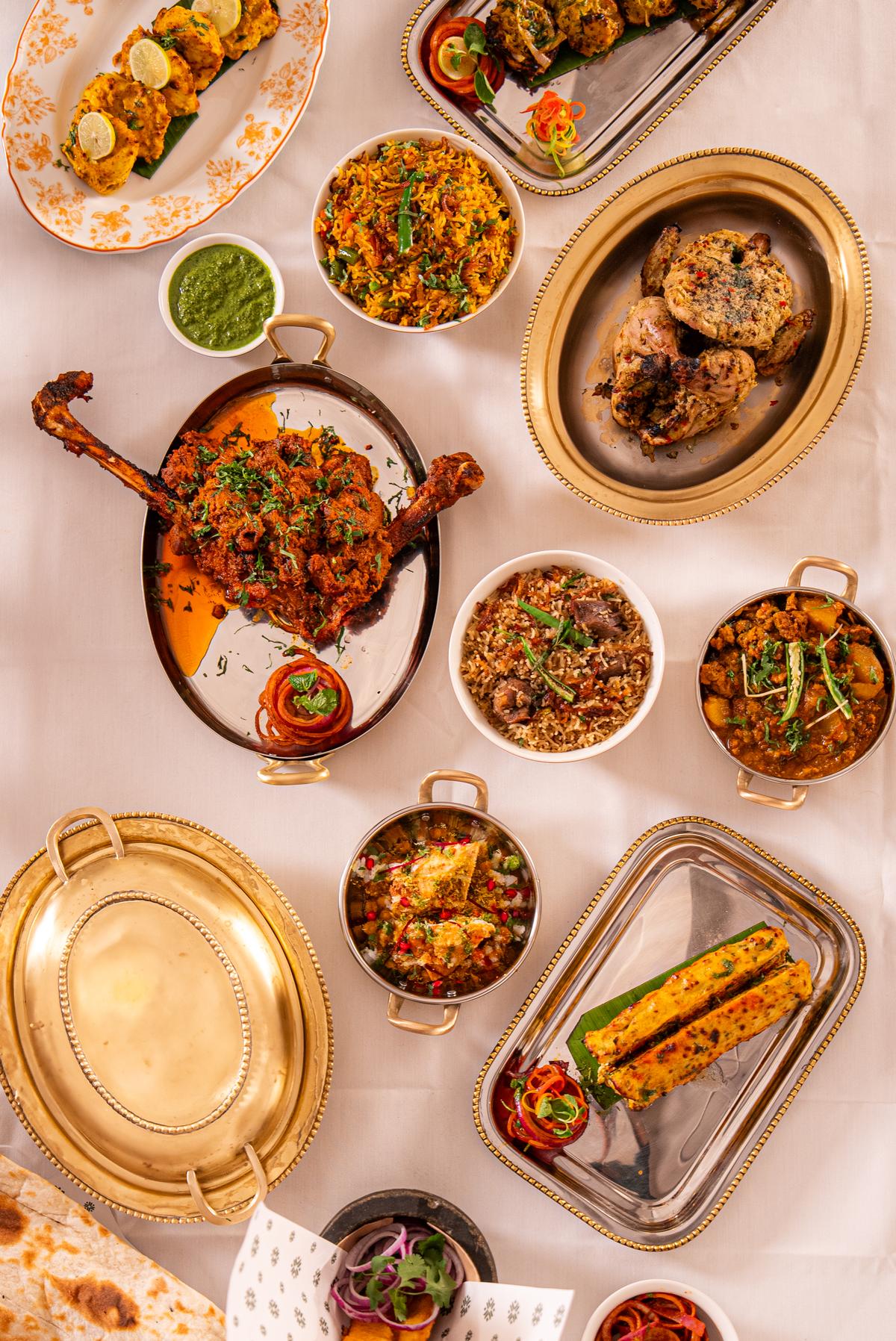
Food at Ikk Punjab
| Photo Credit:
SPECIAL ARRANGEMENT
Just like the space, the stories transcend to food with a focus on dishes from the other side of Punjab, which is now in Pakistan. The man behind the show is Chef Naresh Kotwal. Some recipes have been passed down generations, some are sourced from handwritten notes while others have been researched from books. Rajan says he has a friend in Pakistan who guided him with the food.
So, it is no surprise that the usual chicken tikkas and kebabs make way for more interesting starters, like the Peshawari charsi tikka that has its origin in a small shop named Nisar Charsi Tikka in Namak Mandi, Peshawar. This mutton kebab with kidney fat wrapped around it was once prepared by a man called Nisar Khan — they are called ‘charsi ke tikke’ in Pakistan because as stories go, he used to have charas (hashish).
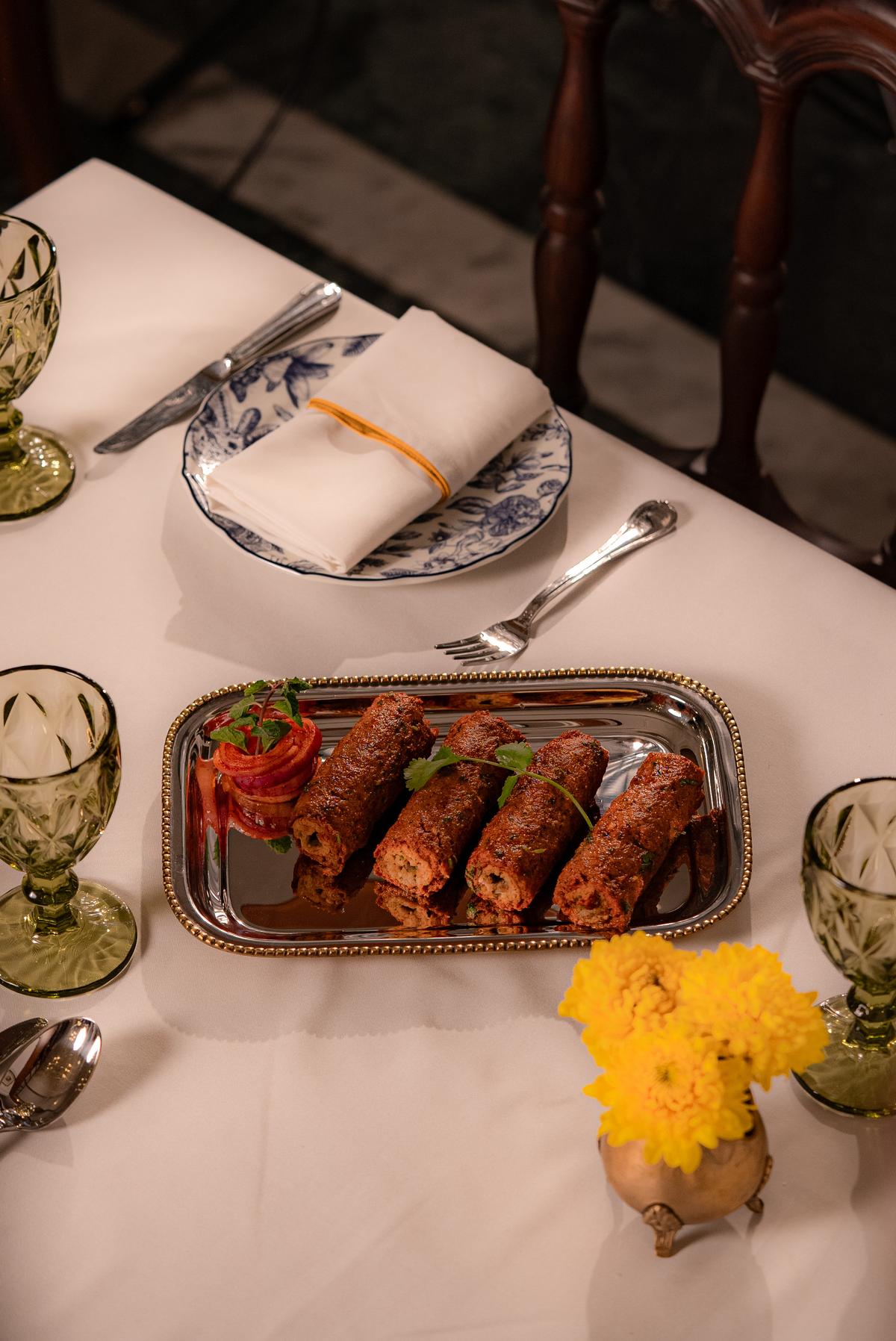
Dohra Kebab
| Photo Credit:
SPECIAL ARRANGEMENT
We are then served two more delicious kebabs — chapli and dohra kebabs. Immensely popular in Pakistan, ‘chapli’, which means the palm, derives its name from the process of pressing the mutton mince in the hand to soften and flatten it. Tomatoes served with it help cut through heavy spices. The dohra kebabs are different from anything I have had — it’s a mutton seekh rolled over a chicken seekh kebab. The juices from mutton flow into the chicken, keeping the kebab soft and tender. Dohra means double, hence the name.
One of the stars here is Lahori sajji, a full chicken done on a rotisserie with whole spices. Sajji is a tribal dish from Balochistan, where chicken stuffed with potatoes and rice is cooked for a full day and is traditionally eaten as a one-pot meal. This version was prepared with hung curd. The chef cuts it with a pair of scissors and serves it.
From the royal court
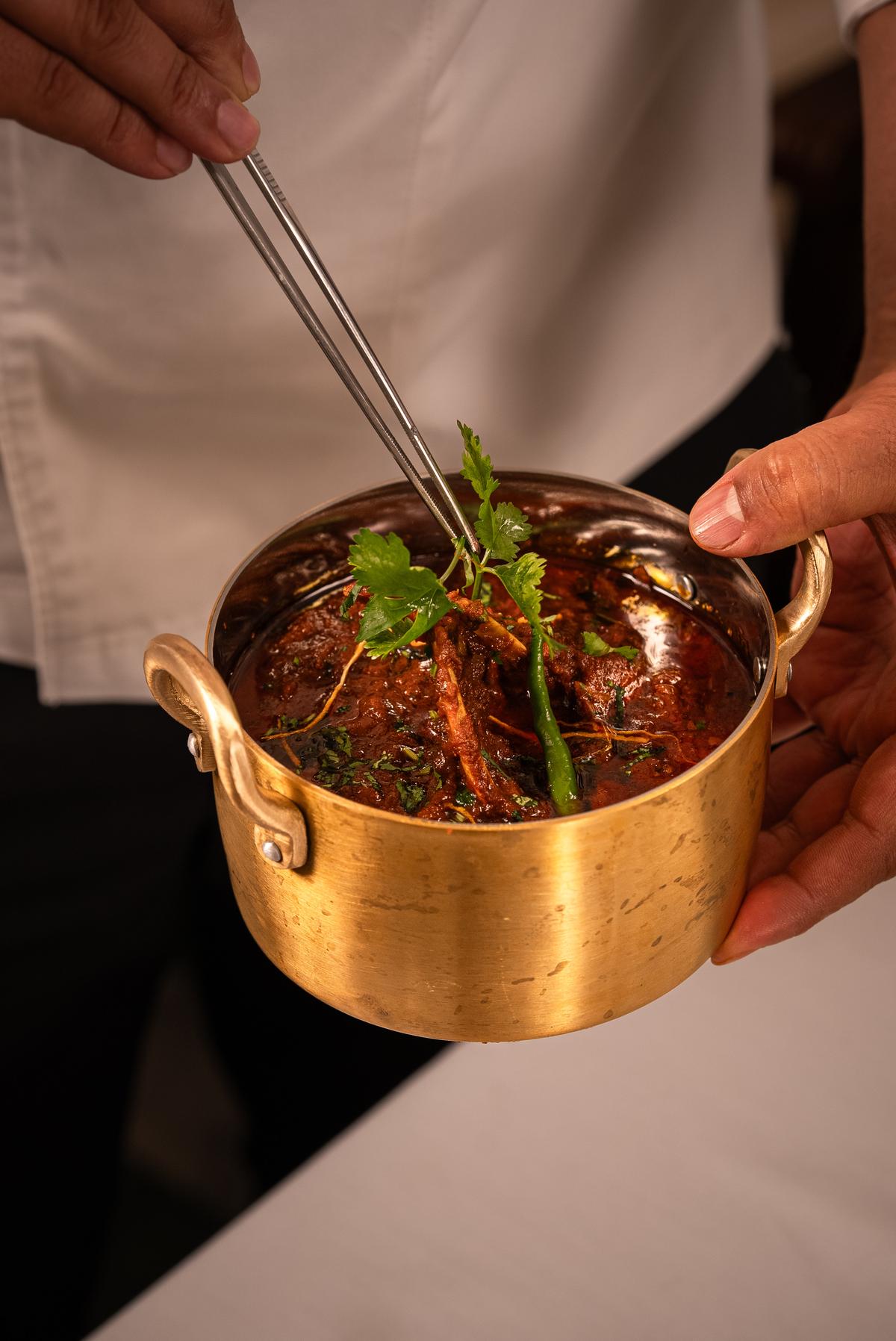
Gosht Beliram
| Photo Credit:
SPECIAL ARRANGEMENT
For mains, I had a plethora of dishes. The origin of gosht Beliram, a succulent mutton curry traces its origins to the court of Maharaja Ranjit Singh, the founder of the Sikh empire in the 19th Century. He was so impressed with his khansama’s (chef’s) creation that he named the dish after him.
The Lahori chikkad chole (chickpeas), is a speciality from Lahore where the chickpeas are cooked with just salt and ginger, probably as they were in village homes. It is served with a salad made of onions, cucumber and tomatoes and a mild curd chutney but I prefer the dish without any accompaniments because then it retains its original flavours. Then there is mardaan murgh, chicken cooked in milk and cashew, a recipe that traces its origins to Awadh.
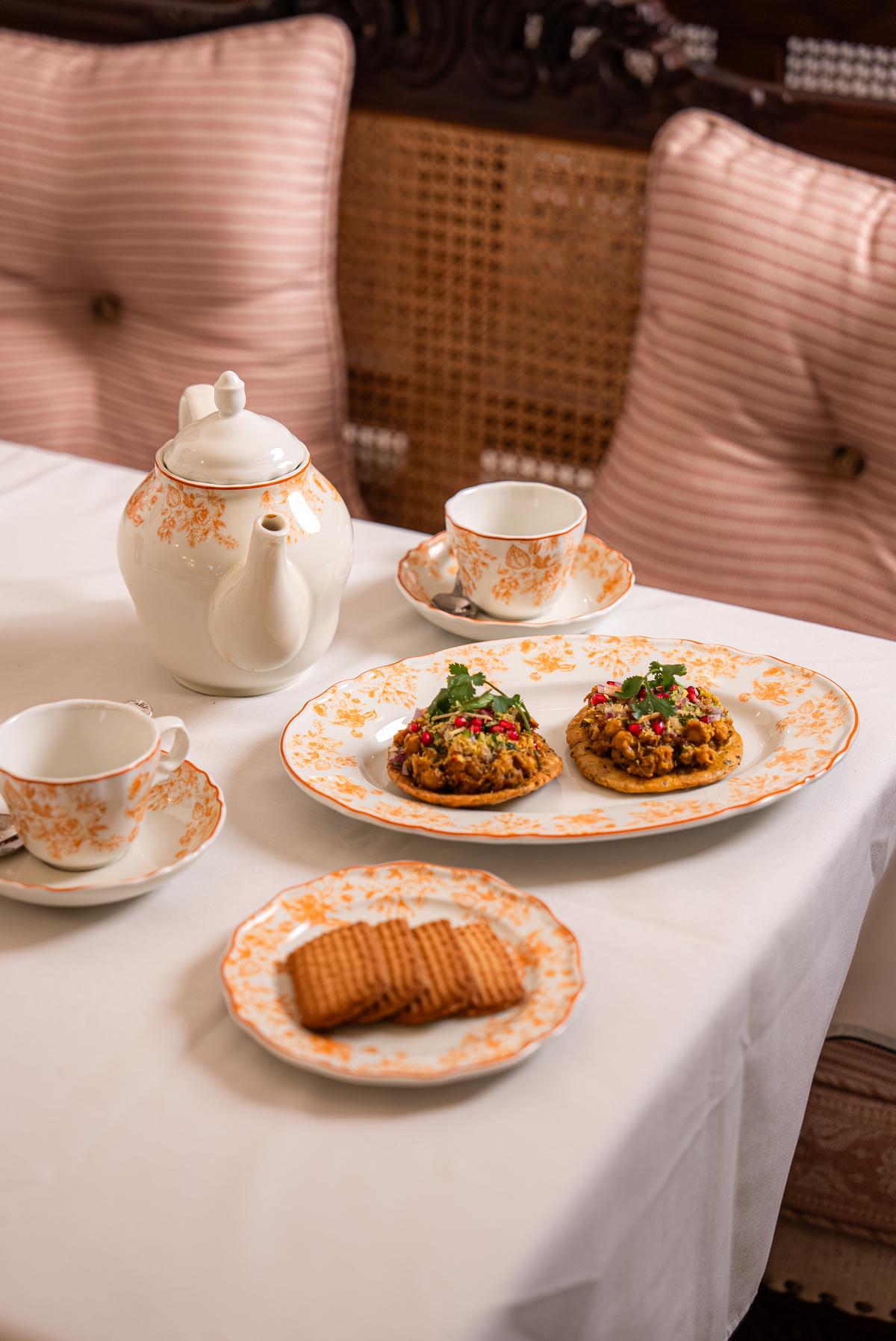
Matthi chole
| Photo Credit:
SPECIAL ARRANGEMENT
This side of Punjab has not been forgotten either. One of the appetizers comes from the alleys of Amritsar — matthi chole, a delicious flaky matthi topped with tangy chole, onions, sev and pomegranate and served with tamarind chutney. It is a favourite from Rajan’s childhood days when leftover chole stacked on top of a matthi was eaten as a crunchy snack — I too loved it.
And some classics remain — the butter chicken is very much on the menu and it is one of the best versions of this dish I have eaten in the city. Thankfully, it is not really on the sweet side.
As I go through the starters and the main dishes, I realise that dining here is not just a meal — it is recreating a slice of history.
At K-13 Outer Circle, Connaught Place; Noon to 3pm and 7pm to 11.30pm; Meal for two costs ₹2,500 plus taxes
Published – February 11, 2025 01:07 pm IST

